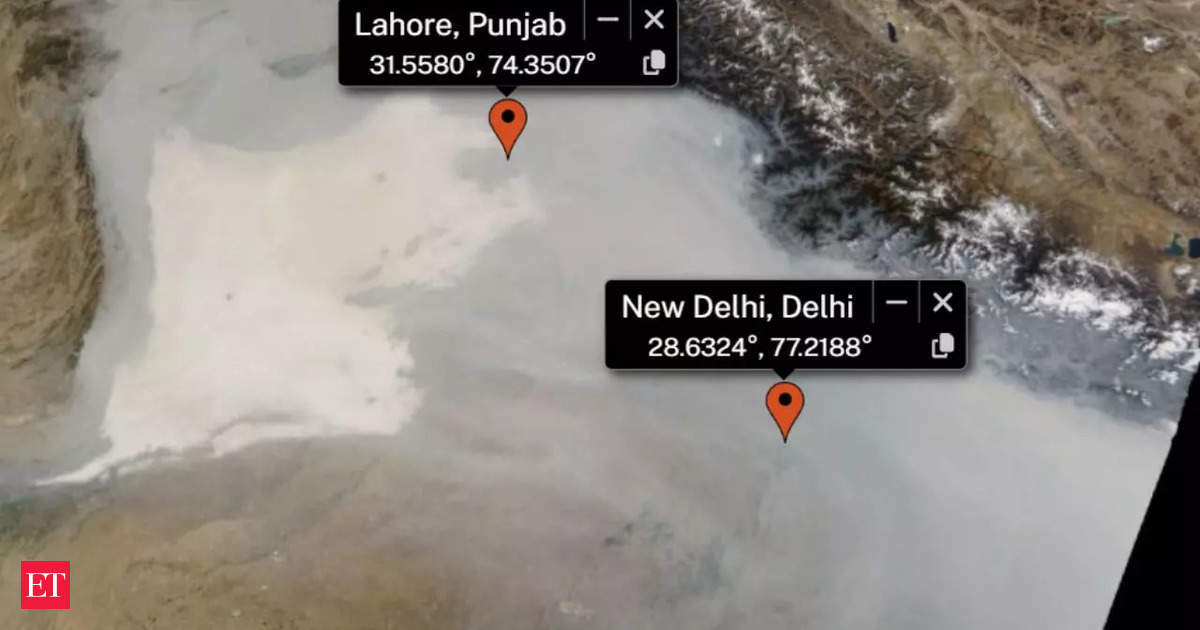Shift in Burning Timings: A Possible Strategy to Avoid Detection?

A recent analysis by NASA scientists has revealed a possible strategy employed by farmers in north-west India and Pakistan to avoid detection by satellite monitoring systems while burning paddy residue, sparking debate over the accuracy of data collected on stubble burning.
Government data shows a significant decline in the number of reported stubble fires in Punjab and Haryana this year compared to last year. However, satellite data from NASA's Aqua and Suomi-NPP satellites indicates that there has been no corresponding decline in aerosol levels in the atmosphere, suggesting that farmers may be intentionally altering their burning schedules.
Hiren Jethva, a senior research scientist at NASA, pointed out that fire activity appears to shift to the late afternoon period after the NASA satellites had passed over. He observed this through data analysis of the GEO-KOMPSAT-2A geostationary satellite, which provides continuous monitoring every 10 minutes.
The potential strategy employed by farmers is to time their fires for coinciding with periods when satellites are not actively monitoring the region. Jethva explained that "the shortwave infrared radiation data and imagery from Korea's geostationary satellite GEO-KOMPSAT-2A show fire activities concentrated during late afternoon hours past the NASA-NOAA satellite overpass time."
This concern has sparked debate among experts, with some pointing out inconsistencies between reported declines in stubble burning and changed aerosol levels. Chandra Bhushan, CEO of iFOREST, said that if farm fires had reduced so drastically, one would expect a decrease in Aerosol Optical Depth (AOD), which measures the concentration of particulates in the atmosphere.
While Punjab and Haryana saw reductions in stubble burning, other states like Uttar Pradesh, Rajasthan, Madhya Pradesh, and Delhi have seen an increase in farm fires. This suggests that while certain regions are improving, the problem persists in other areas, raising concerns over the overall effectiveness of current monitoring and mitigation strategies.
Local officials in Punjab have rejected the theory that farmers are deliberately changing their burning patterns to avoid detection, citing data from the Punjab Remote Sensing Centre, which captures incidents of stubble burning using both ISRO and NASA satellites.
